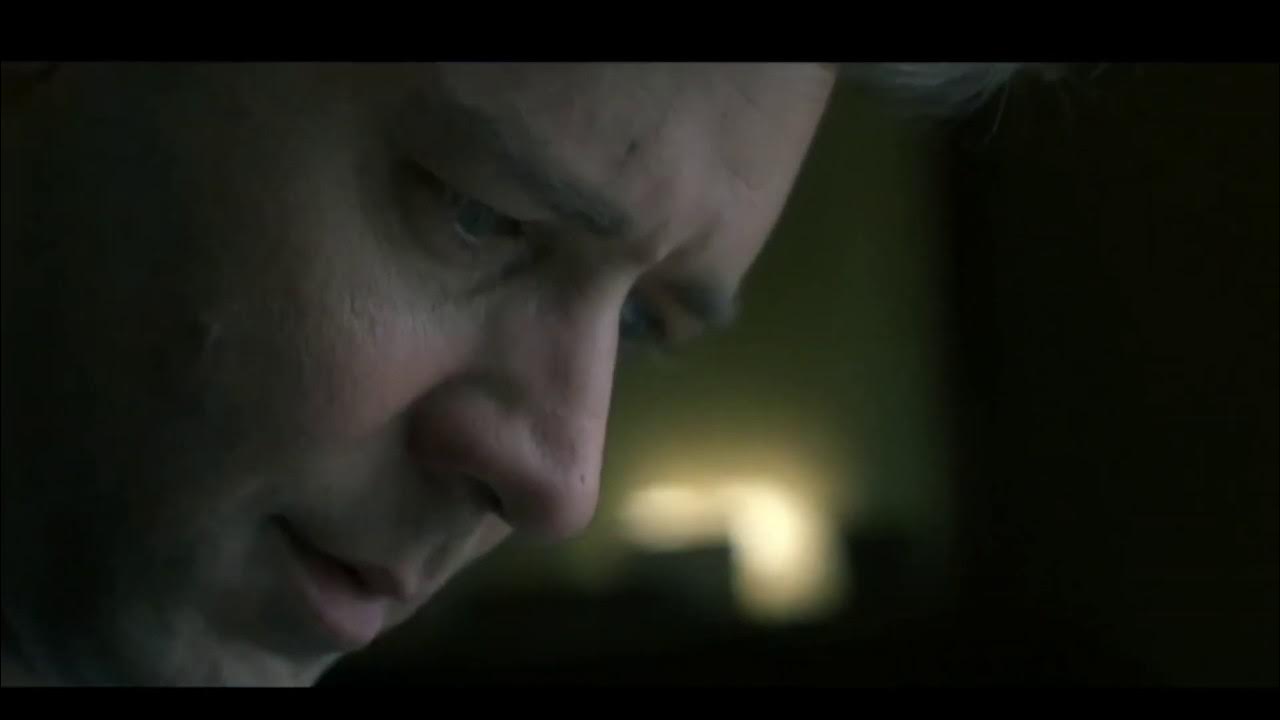Jejak Matematika di Berbagai Budaya: Etnomatematika dalam Kehidupan Sehari-hari
Summary
TLDRThis video explores the connection between mathematics and culture, particularly through the concept of ethnomathematics. The speaker, Mr. Adi, discusses how math can be applied in everyday life and cultural practices such as traditional architecture, food preparation, and games. By using math in real-world scenarios, learners can better understand abstract concepts. The video encourages viewers to explore their local culture, apply math to analyze it, and share their findings. The aim is to make learning math more practical and culturally relevant, promoting deeper understanding and cultural preservation.
Takeaways
- 🎓 Ethnomathematics connects mathematical concepts with cultural elements, making learning more engaging and relatable.
- 🛕 Traditional architecture, food, and games can be analyzed using mathematical principles, showcasing how culture and math intertwine.
- 🍽️ Ethnomathematics can be applied to everyday life, such as measuring the right ingredients for traditional foods or understanding building proportions.
- 🧠 Learning math through cultural context helps students see its practical applications beyond just solving problems on paper.
- 🌍 Ethnomathematics promotes cultural appreciation and preservation by exploring and analyzing local traditions through math.
- 🤔 Understanding math in cultural settings can lead to more effective learning and longer retention of concepts.
- 🎮 Traditional games, like conklak, can be analyzed using probability and uncertainty concepts in mathematics.
- 📐 Concepts like geometry, ratios, and even linear programming can be used to explore various cultural artifacts, such as wayang kulit or batik designs.
- 📊 Students can analyze different cultural objects based on their education level, from basic ratios in elementary school to complex integrals in high school.
- 📱 The speaker encourages students to explore local cultures, use math to analyze them, and share their findings on social media to inspire others.
Q & A
What is the main purpose of the video presented by Mister Adi?
-The main purpose of the video is to explain how mathematics can be applied to cultural aspects, specifically through the concept of ethnomathematics, which connects mathematical concepts with cultural elements such as traditional architecture, food, and games.
What is ethnomathematics, according to the video?
-Ethnomathematics is a concept where mathematical principles are applied to analyze and understand cultural elements, such as traditional architecture, foods, and games. It helps bridge abstract mathematical ideas with real-life cultural practices.
Why is it important to connect mathematics with culture?
-Connecting mathematics with culture makes learning math more relatable and practical. It helps students see the real-life applications of math, making the subject more engaging and easier to understand. Additionally, it encourages the preservation of cultural heritage.
How can students explore ethnomathematics in their daily lives?
-Students can explore ethnomathematics by selecting a cultural object, such as traditional food, clothing, or architecture, and applying mathematical concepts like measurement, geometry, or statistics to analyze or improve those cultural elements.
What is an example of applying ethnomathematics to traditional food?
-One example is analyzing the composition of the traditional drink 'wedang jahe.' Students can use ratio concepts to determine the proper proportions of ginger, sugar, and hot water for making different quantities of the drink.
How can mathematics be applied to traditional architecture, as discussed in the video?
-Mathematics can be applied to traditional architecture by using geometric principles to measure the dimensions of structures, analyze symmetry, or calculate the materials needed for construction, as demonstrated in the example of 'wayang kulit' gunungan.
What mathematical concepts can be used to explore the design of 'wayang kulit' gunungan?
-The design of 'wayang kulit' gunungan can be explored using concepts of reflection (symmetry), basic geometric shapes like triangles and rectangles to estimate surface areas, and integral calculus for more accurate area calculations in complex designs.
How does ethnomathematics help students engage with their cultural heritage?
-Ethnomathematics helps students engage with their cultural heritage by allowing them to analyze and understand cultural elements through mathematical concepts. This process encourages appreciation and preservation of local traditions while applying academic knowledge.
How does learning mathematics through ethnomathematics benefit students’ understanding?
-Learning through ethnomathematics benefits students by making mathematical concepts more tangible and easier to grasp. It shows the practical applications of math in everyday life, improving retention and understanding through hands-on experiences.
What steps should students take to begin exploring ethnomathematics?
-To explore ethnomathematics, students should first select a cultural object or practice to analyze. Then, they should define their goal (e.g., measuring, analyzing, or optimizing), choose the appropriate mathematical concepts, and finally apply those concepts to their selected object.
Outlines

此内容仅限付费用户访问。 请升级后访问。
立即升级Mindmap

此内容仅限付费用户访问。 请升级后访问。
立即升级Keywords

此内容仅限付费用户访问。 请升级后访问。
立即升级Highlights

此内容仅限付费用户访问。 请升级后访问。
立即升级Transcripts

此内容仅限付费用户访问。 请升级后访问。
立即升级浏览更多相关视频
5.0 / 5 (0 votes)






